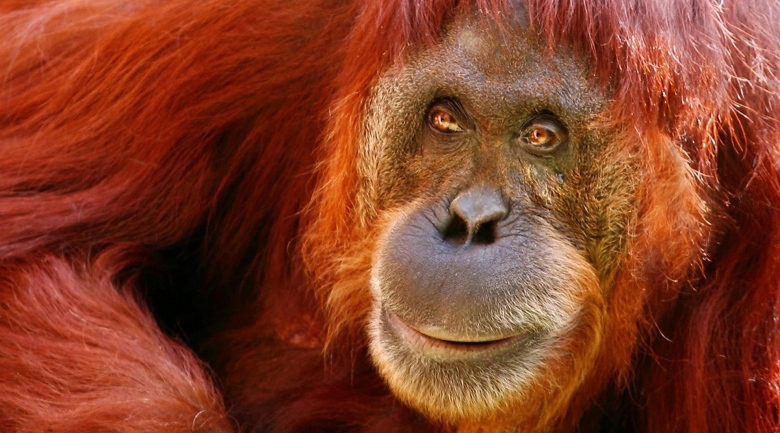
Global wildlife populations have fallen by 58% since 1970, a report says. The Living Planet assessment, by the Zoological Society of London (ZSL) and WWF, suggests that if the trend continues that decline could reach two-thirds among vertebrates by 2020. The figures suggest that animals living in lakes, rivers and wetlands are suffering the biggest losses.
Human activity, including habitat loss, wildlife trade, pollution and climate change contributed to the declines. Dr Mike Barrett. head of science and policy at WWF, said: "It’s pretty clear under ‘business as usual’ we will see continued declines in these wildlife populations. But I think now we’ve reached a point where there isn’t really any excuse to let this carry on.
"We know what the causes are and we know the scale of the impact that humans are having on nature and on wildlife populations – it really is now down to us to act." However the methodology of the report has been criticised. The Living Planet Report is published every two years and aims to provide an assessment of the state of the world’s wildlife.
This analysis looked at 3,700 different species of birds, fish, mammals, amphibians and reptiles – about 6% of the total number of vertebrate species in the world. The team collected data from peer-reviewed studies, government statistics and surveys collated by conservation groups and NGOs.
Any species with population data going back to 1970, with two or more time points (to show trends) was included in the study. The researchers then analysed how the population sizes had changed over time.
Some of this information was weighted to take into account the groups of animals that had a great deal of data (there are many records on Arctic and near Arctic birds, for example) or very little data (tropical amphibians, for example). The report authors said this was to make sure a surplus of information about declines in some animals did not skew the overall picture.
The last report, published in 2014, estimated that the world’s wildlife populations had halved over the last 40 years. This assessment suggests that the trend has continued: since 1970, populations have declined by an average of 58%. Dr Barrett said some groups of animals had fared worse than others.
"We do see particularly strong declines in the freshwater environment – for freshwater species alone, the decline stands at 81% since 1970. This is related to the way water is used and taken out of fresh water systems, and also the fragmentation of freshwater systems through dam building, for example."
It also highlighted other species, such as African elephants , which have suffered huge declines in recent years with the increase in poaching, and sharks, which are threatened by overfishing.
